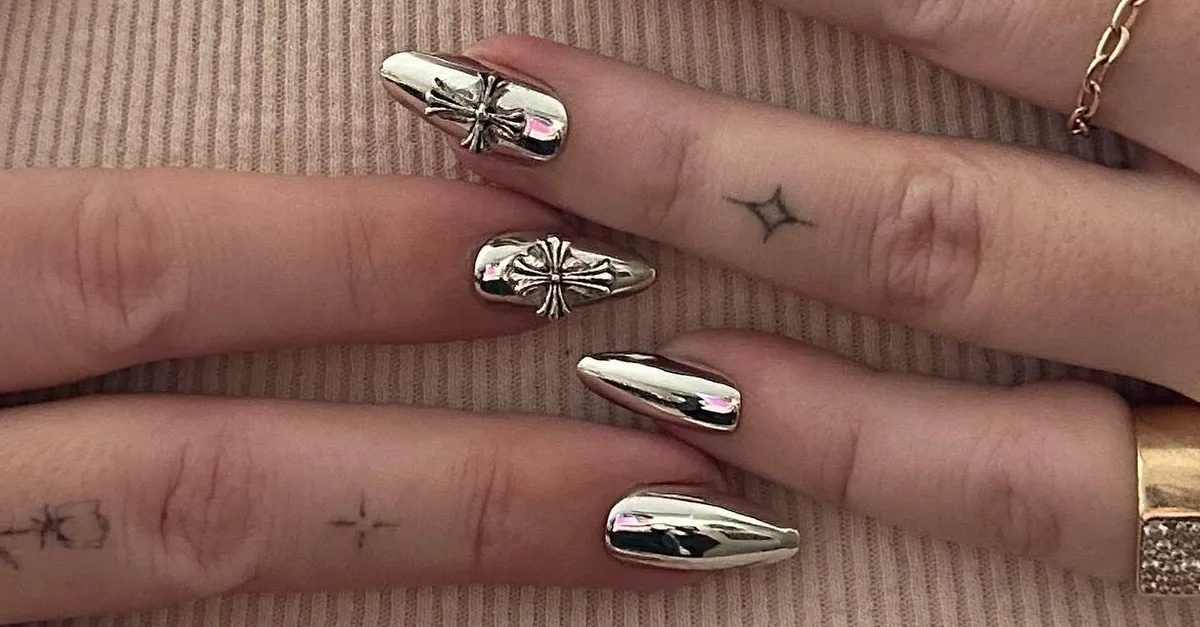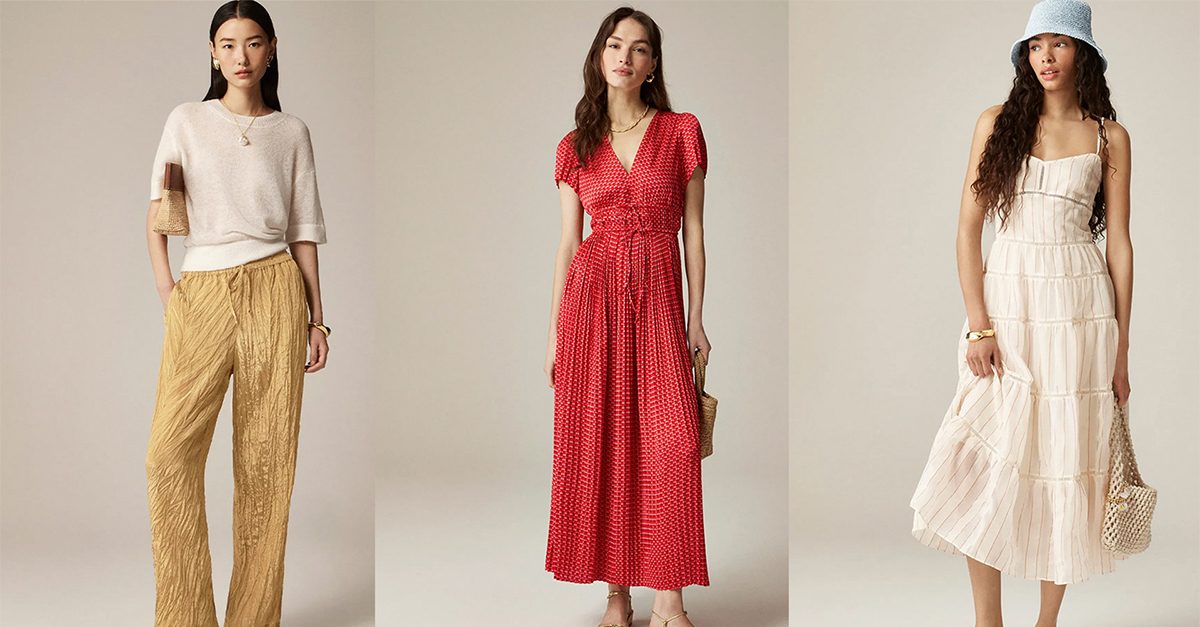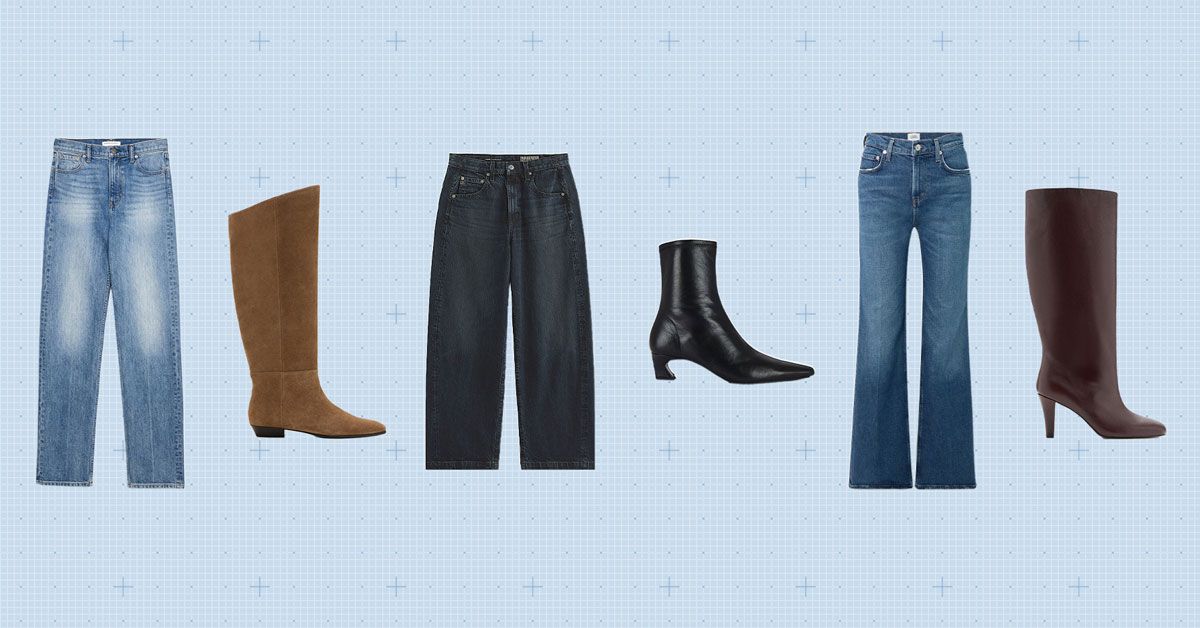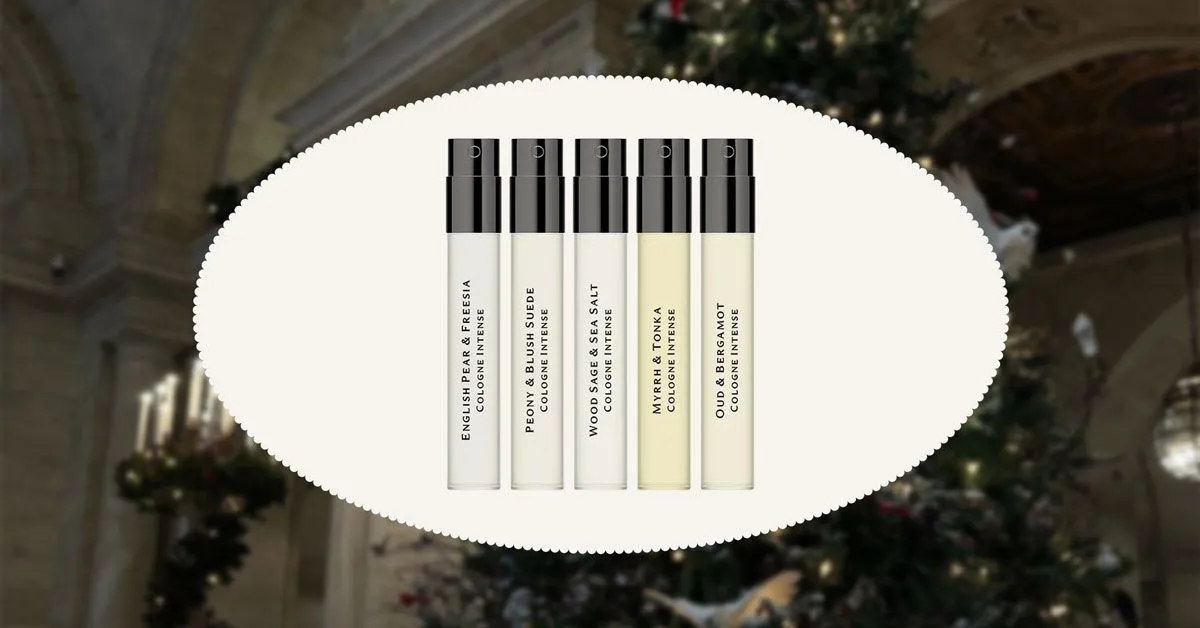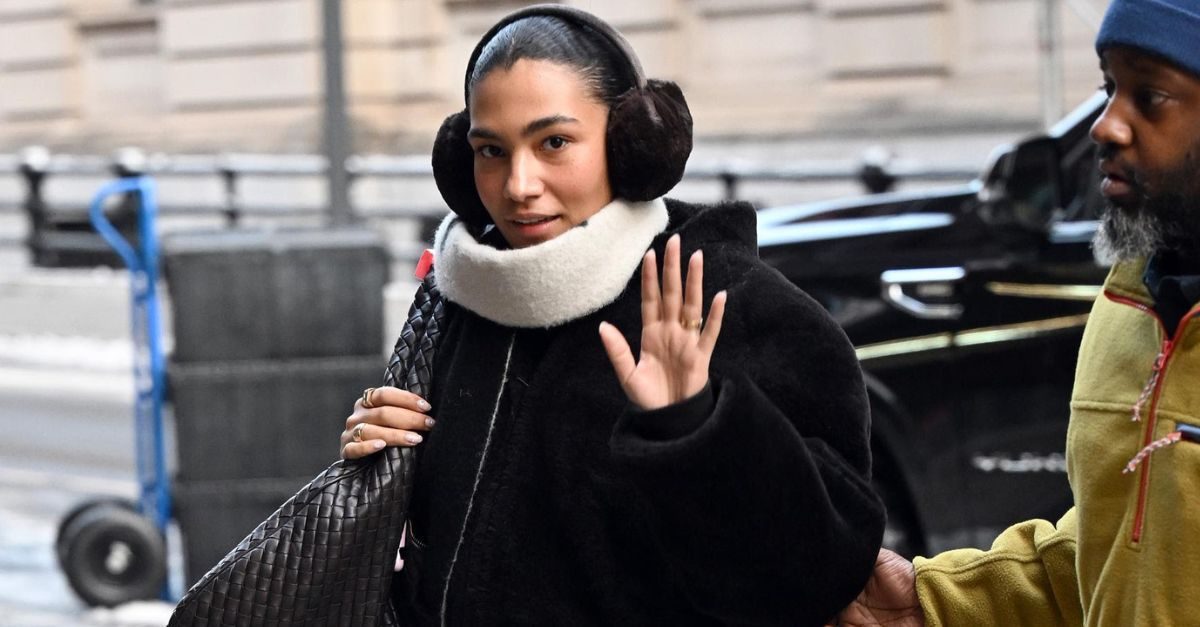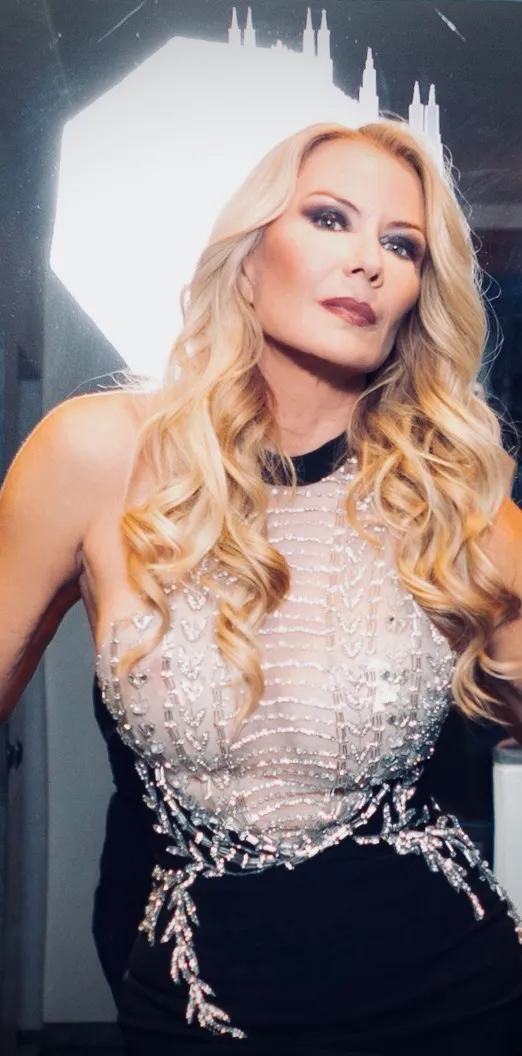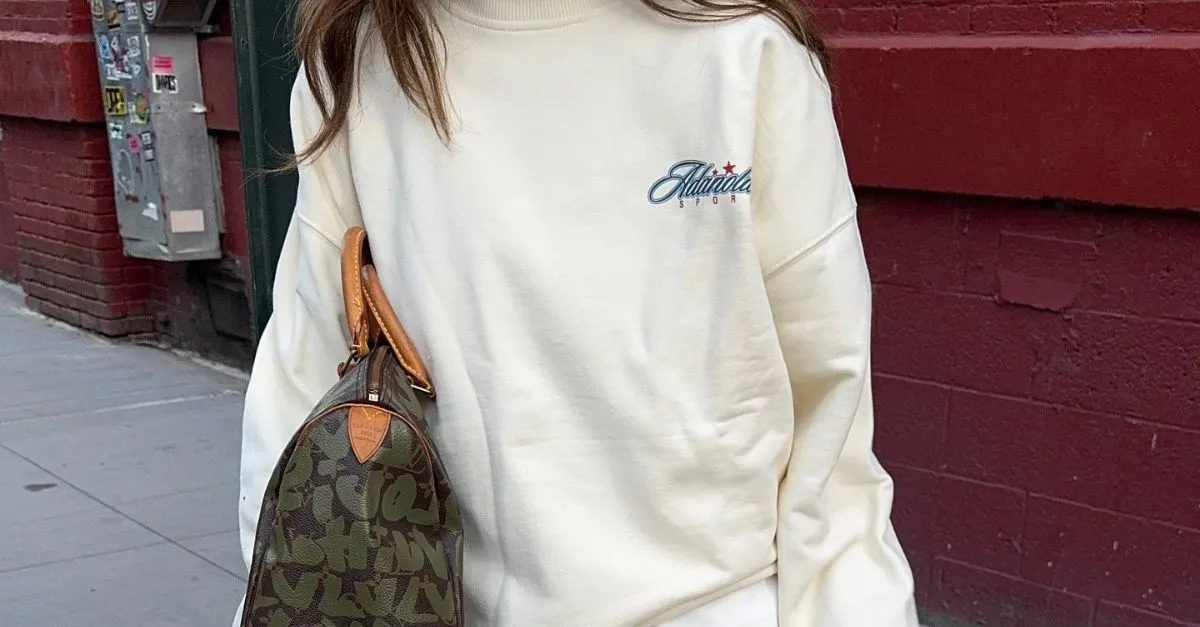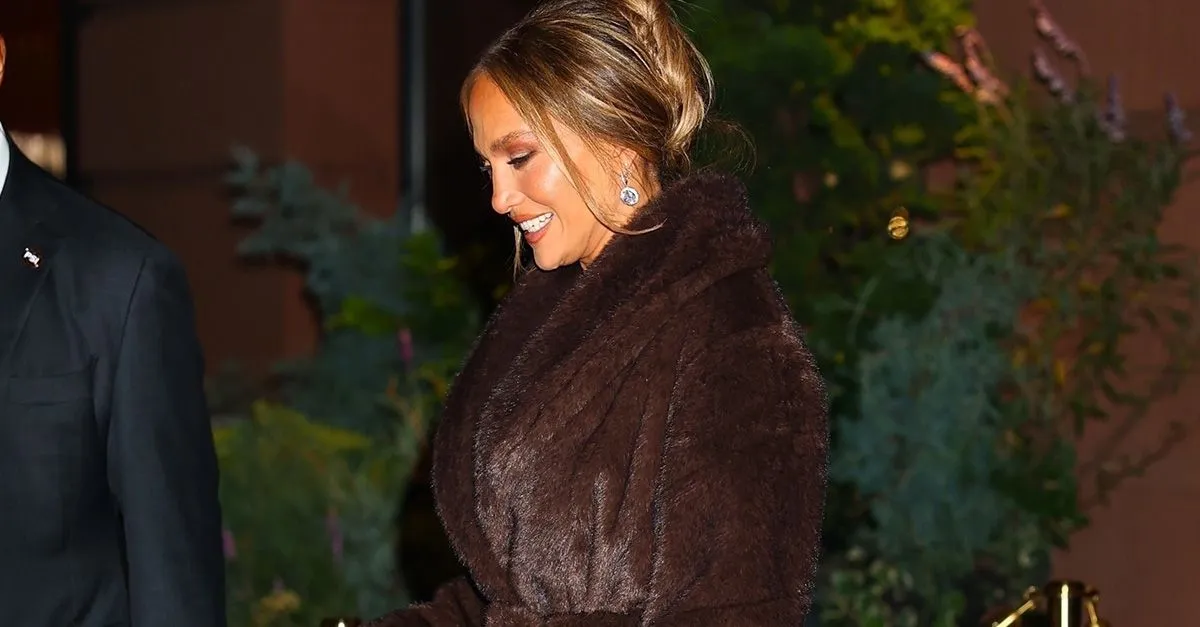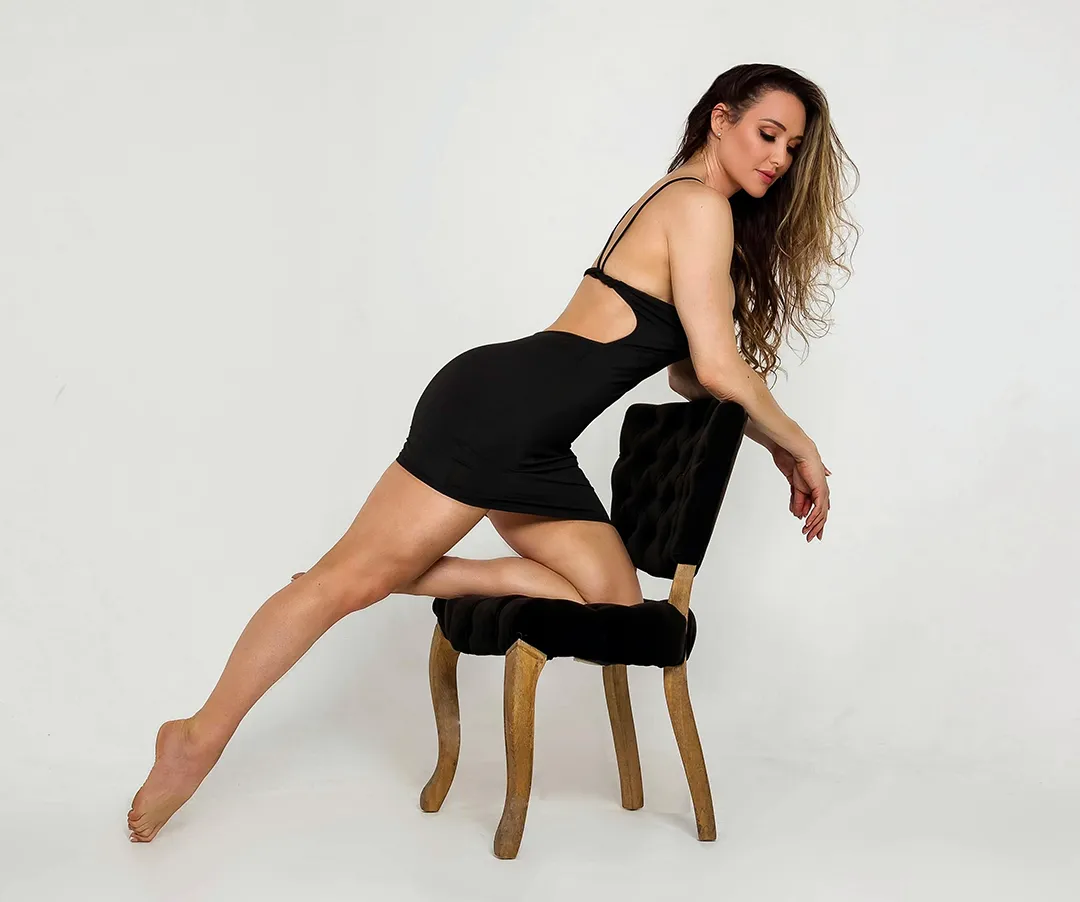Every Pride Month serves as a reminder of all the queer icons of the past who have paved the way to allow so many of us to unapologetically celebrate who we are today. In fashion, there's no shortage of queer icons who have not only designed some of the most important fashion pieces and moments in history but also inspired those very designers. There are so many people to celebrate it would be impossible to amass a list long enough.There are, though, a handful of queer icons who sometimes get lost in the conversation and aren't given enough credit where credit is due. Below are seven people worth learning more about who have been on countless mood boards for years, having pioneered gender-fluid dressing and unashamed attitudes before it was mainstream.Toto KoopmanToto Koopman was a Dutch Javanese model who also served as a spy for the Italian resistance during World War II, survived being held as a prisoner at Ravensbrück concentration camp, and later helped establish the influential Hanover Gallery in the 1950s.
To say she was multifaceted would be an understatement.Koopman was openly bisexual at a time when that was far from the norm, and she spent most of her life with her partner, art dealer Erica Brausen. Her signature poise and thin eyebrows helped her become a house model for Chanel, and she would later land the cover of Vogue in September of 1933. She was the magazine's first openly bisexual cover star.Gladys Bentley(Image credit: Getty Images)Gladys Bentley ran away from her home in Philadelphia at 16 to pursue a career in entertainment in New York City, where she quickly signed with a broadway agent. With her stage name of Bobbie Minton, the Harlem Renaissance blues singer became well-known for her performances and costumes that challenged traditional gender norms.
Her signature look was a black-and-white tuxedo quite literally topped with a top hat. Her performances unabashedly incorporated sexuality, which was considered scandalous at the time and kept her out of mainstream coverage and even history books. But Bentley worked hard to create a Black female masculinity that still influences designers to this day.Stormé DeLarverieIt's impossible to discuss the Stonewall uprising without mentioning Stormé DeLarverie, who may very well have thrown the first punch. DeLarverie was a lifelong gay rights activist who also performed at the Apollo Theater and Radio City Music Hall and worked as a bouncer and bodyguard in queer New York spaces.
She became known as "the guardian of lesbians in the Village." When asked how she identified in a short documentary about her, Stormé: The Lady of the Jewel Box, DeLarverie said she wanted to be known "as me." Her pronouns were "whatever makes you most comfortable." When her friend Lisa Cannistraci, owner of a Village lesbian bar, was asked about DeLarverie's death in 2014, she told The New York Times, "Nobody knows who threw the first punch, but it's rumored that she did, and she said she did. She told me she did."DeLarverie's drag performances featured dandyish zoot suits and black-tie apparel. This gender-fluid approach has been seen season after season at fashion week for years now, but DeLarverie was a steadfast proponent of the look before it was en vogue.Willi Smith(Image credit: Getty Images)We just don't talk about Willi Smith enough. His label, WilliWear, was the first clothing company to create womenswear and menswear under the same label.
As an openly gay designer, his ethos was that was clothing should be made accessible to all, and his clothing was worn by the wealthy and the working class. He also helped popularize streetwear at a time when it was not commonly seen as high fashion. He was known as one of the first American designers to make clothing inspired by what people actually wore in real life. His clothing was as much inspired by the streets as it was for the streets.
Smith's clothing was also meant to feel as free as the wearer. His designs were often loose so that they could flow and move along with those wearing it. WilliWear was meant to be danced in.Leslie Cheung(Image credit: Getty Images)Wong Kar-wai's film Happy Together premiered at Cannes Film Festival in May of 1997 and has since gone on to become regarded as one of the greatest LGBTQ films of all time. It was also known for the incredible performance of queer icon Leslie Cheung, who played a frantic playboy in a failing romance while abroad with his boyfriend in Argentina.
After the film came out, Cheung came out as gay. He re-created the film's famous tango kitchen scene with two men in tuxedos and himself in red heels every night of his 1997 Red tour, as he also enjoyed a career as a pop star. He was not as celebrated in his time despite now being considered a large inspiration to queer Asian designers. He was over-the-top, openly gay, charismatic, sexually ambiguous, and fearlessly himself.
Cheung didn't put himself into a box and paved the way for so many. He did what so many couldn't at the time, and his influence is impossible to downplay, which is why you'll often find him on provocative creatives' mood boards everywhere.Pepper LaBeija(Image credit: Getty Images)Known as "the last remaining queen of the Harlem drag balls," Pepper LaBeija was a drag queen and fashion designer born in the Bronx. While it's popular now to call everyone mother, LaBeija was known as the mother until she passed away in 2003.In the late 1960s, LaBeija arrived on New York's ballroom scene before becoming head of the House of LaBeija, which was the first ballroom house to host benefits to raise awareness for the HIV/AIDS epidemic. Her performances were often Egyptian inspired and included large, ornate, flowy pants that she designed herself.
LaBeija used her role to advocate for providing support and guidance to gay men in the ballroom scene who were often estranged from their families. The house was a family for those who didn't have one.Marsha P. Johnson(Image credit: Getty Images)The gay rights advocate and self-proclaimed drag queen Marsha P. Johnson often said that the "P" in her name stood for "pay it no mind." While no one really knows who threw the first brick at the Stonewall riots, Johnson was on the front lines and ended up in jail shortly after.
She told a judge what the "P" in her name stood for, and he was so charmed by it that he let her go.With her close friend Sylvia Rivera, Johnson cofounded the radical activist group Street Transvestite Action Revolutionaries (or STAR). She was also an active member of the Gay Liberation Front (or GLF). Johnson was such a prominent part of the LGBTQ West Village scene in the '60s that she became known as the "mayor of Christopher Street." She also posed for Andy Warhol and performed with the popular drag troupe known as the Hot Peaches. As Johnson famously said, "History isn't something you look back at and say it was inevitable.
It happens because people make decisions that are sometimes very impulsive and of the moment, but those moments are cumulative realities."
Disclaimer: This story is auto-aggregated by a computer program and has not been created or edited by jennertrends.
Publisher: Source link

